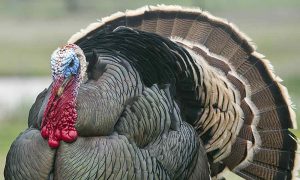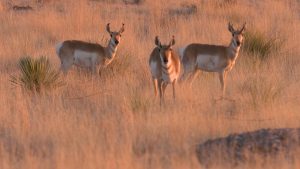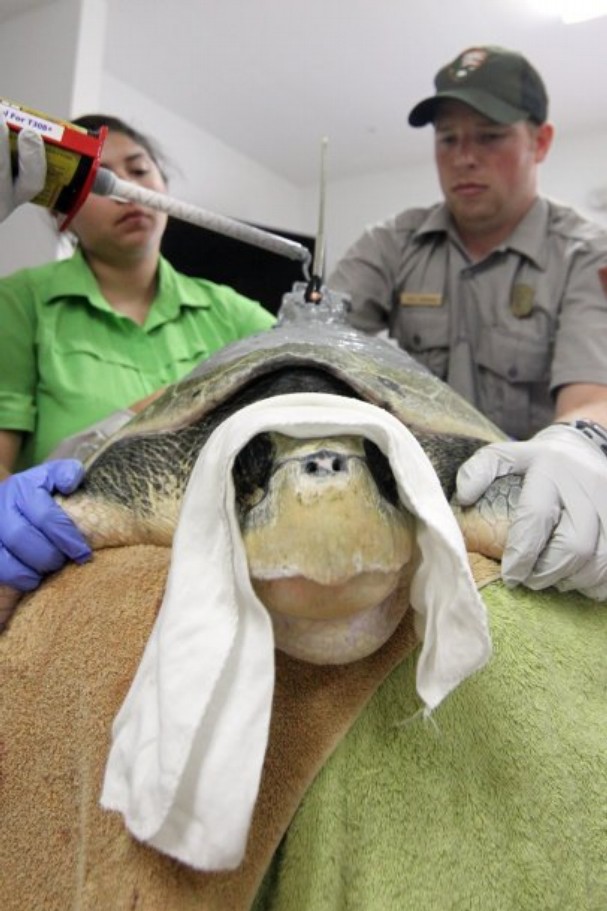How to Talk Turkey for a Successful Hunt
Thursday, November 15th, 2018This is Passport to Texas
Making sounds like a hen turkey can mean the difference between bagging a bird this fall and going home empty handed.
Now you want the call of a hen turkey to try and attract the Tom, or male turkey, over to your position.
Steve Hall, oversees hunter education at Texas Parks and Wildlife. Using a box call, you can make enticing sounds.
One is called the basic cluck [clucks]. Now, a cluck is a call that says: ‘Hi. I’m here.’ And if you put the cluck in a series of calls, it would be a yelp [yelps]. Now a yelp call says: ‘Come over here; I’m having fun.’ Now, a slate call is much the same as a box call and you can make that basic ‘cut’ sound [cut sound]. And, you can also make a purr, which says ‘I’m on my daily rounds.’
Now, I like to use a diaphragm call; it’s a little more complicated call. But it allows me, if I’m hunting, to move my arms and hands with my bow or my gun. It fits in the top of your mouth, and you can do it quite easily [cackle]. That was a cackle or a yelp. If you hear a ‘put’ though, that’ll scare a bird away – and that’s the alarm call [put call]. Put them all together and you can have fun imitating a flock of turkeys. [07-of turkey calls…fade under last script]
Fall turkey season runs through January 6th in the North zone and January 20th in the South Zone. Check your Outdoor Annual for more information.
The Wildlife Restoration Program supports our series.
For Texas Parks and Wildlife, I’m Cecilia Nasti.







 Passport to Texas is a
Passport to Texas is a  Passport to Texas is made available by:
Passport to Texas is made available by: